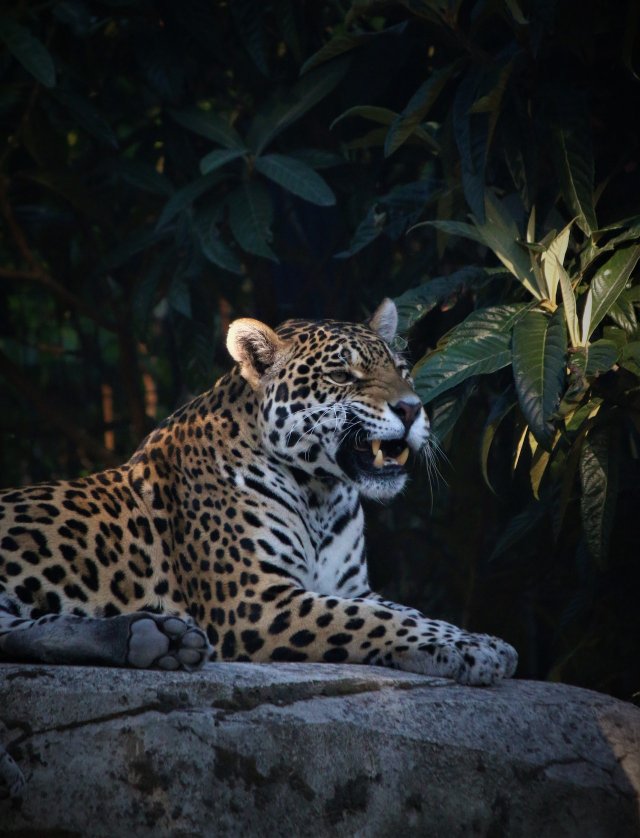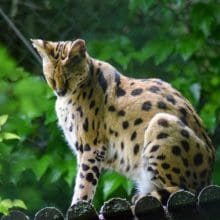What Makes a Jaguar’s Bite So Deadly?
Jaguar’s Bite So Deadly?
When it comes to the animal kingdom, few predators command as much respect and fear as the jaguar. With its sleek and powerful build, this big cat is known for its incredible hunting skills and, in particular, its deadly bite. But what exactly makes a jaguar’s bite so deadly? In this article, we will explore the unique characteristics and adaptations that contribute to the jaguar’s formidable bite.
The Anatomy of a Jaguar’s Bite
One of the key factors that make a jaguar’s bite so deadly is its impressive jaw strength. Jaguars have one of the strongest bites among all big cats, with a bite force of around 2,000 pounds per square inch (psi). To put this into perspective, a human bite force typically ranges from 150 to 200 psi. This immense bite force allows jaguars to deliver a powerful and lethal bite to their prey.
But what enables jaguars to generate such incredible jaw strength? The answer lies in their anatomy. Jaguars have robust skulls and well-developed jaw muscles, which provide the necessary leverage and power for their bite. Additionally, their jaws are equipped with sharp and strong teeth, including long canines and premolars, which are perfectly adapted for gripping and puncturing their prey.
Adaptations for Killing
Aside from their strong jaws, jaguars possess several other adaptations that make their bite so deadly. One of these adaptations is their ability to deliver a precise and targeted bite to the skull of their prey. By targeting the head, jaguars can quickly incapacitate their prey by inflicting severe damage to the brain or spinal cord.
Furthermore, jaguars have a unique way of killing their prey known as the “killing bite.” Unlike other big cats that suffocate their prey by clamping down on the windpipe, jaguars aim to sever the spinal cord or crush the skull of their prey with a single bite. This efficient killing technique allows jaguars to dispatch their prey swiftly and effectively.
Stealth and Ambush
Another factor that contributes to the deadliness of a jaguar’s bite is its stealth and ambush hunting strategy. Jaguars are known for their exceptional camouflage and ability to blend seamlessly into their surroundings. This enables them to get close to their prey without being detected, increasing their chances of a successful ambush.
Once within striking distance, jaguars rely on their powerful hind legs to launch themselves at their prey. They can cover a distance of up to 20 feet in a single leap, allowing them to close in on their target with incredible speed and precision. This combination of stealth, agility, and explosive power makes jaguars highly effective hunters.
Implications for Conservation
Understanding what makes a jaguar’s bite so deadly is not only fascinating but also crucial for conservation efforts. Jaguars are currently listed as “near threatened” by the International Union for Conservation of Nature (IUCN), primarily due to habitat loss and fragmentation.
By studying the unique adaptations and hunting strategies of jaguars, researchers can gain valuable insights into their ecological role and behavior. This knowledge can then be used to develop effective conservation strategies to protect these magnificent creatures and their habitats.
Conclusion
Jaguar’s Bite: The jaguar’s bite is undoubtedly one of the most deadly weapons in the animal kingdom. With its powerful jaw strength, precise targeting, and stealthy hunting techniques, the jaguar has evolved to be a formidable predator. Understanding the unique characteristics that contribute to the jaguar’s deadly bite not only deepens our appreciation for these magnificent creatures but also highlights the importance of their conservation. By protecting jaguars and their habitats, we can ensure the survival of this iconic species for generations to come.
Read More About Jaguars From Wikipedia




